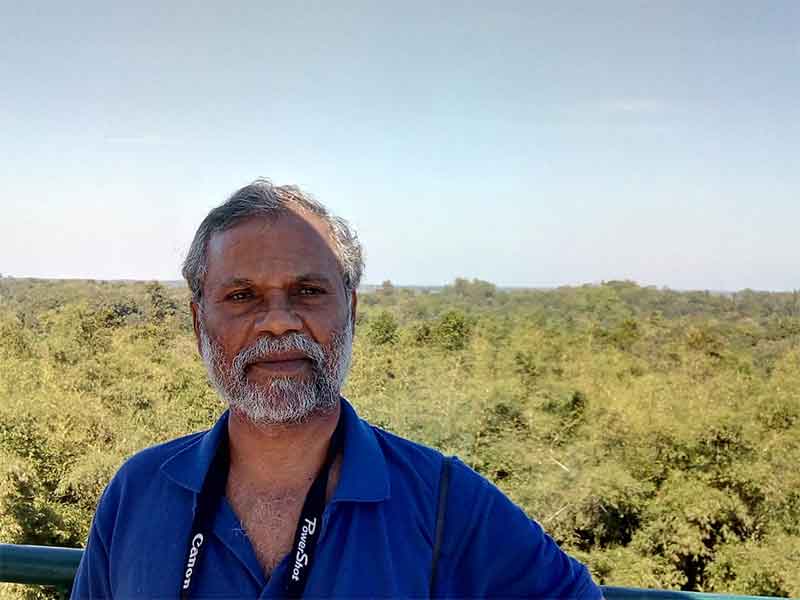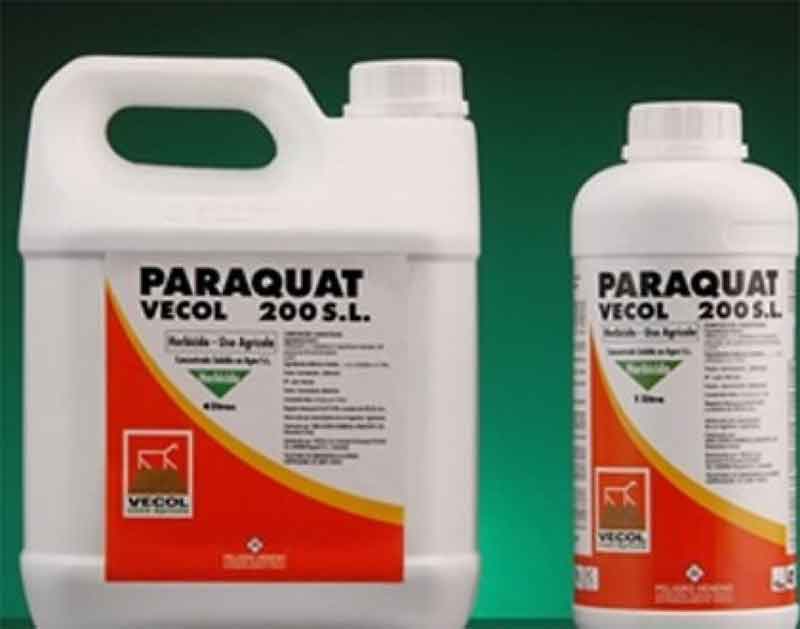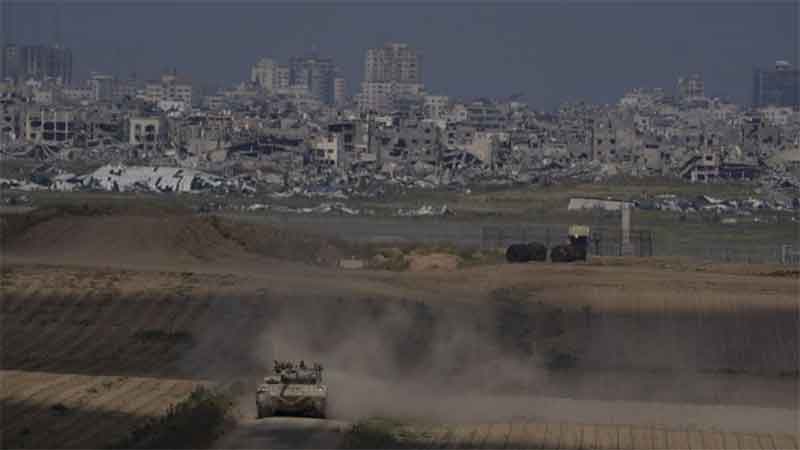Dr Sameer Sharma
Chairman,APPCB
Sri B Sreedhar
Member Secretary, APPCB
Sub: Abuse of science against victims of environmental crime – active role of APPCB
Sirs,
We are deeply concerned about the abuse of science by Andhra Pradesh Pollution Control Board (APPCB) in environmental regulation to silence the victims. There are umpteen examples. We shall take the case of Uranium Corporation of India Limited (UCIL) and chronologically show how APPCB abandoned the regulatory role bestowed on it by the water act and also the people whom it is supposed to protect.
APPCB issued CFE in April 2007, which is 16 years back. First condition on the tailings disposal system is:
“The Thickened Tailings Disposal (TTD) area shall be lined with Bentonite with minimum 500 mm layer with 250 micron of polyethylene layer with adequate protective layer of clay or sand of 250 mm. The pond shall be provided with a holding pond to collect drainage from deposit and also rainfall precipitation. The water from holding pond shall be pumped for treatment. There will no water escape from the pond”.
Did the UCIL propose TTD? Draft EIA reports of UCIL of 2006, 2011 and 2020 do not use the word TTD for tailings disposal. But APPCB continued to use the term in the CFOs issued, the show cause notices and directives. Did it ever inspect the type of disposal? Did APPCB ever serve any notice to UCIL on not following the TTD?
APPCB specified bentonite clay lining of 0.5 m thick but never inspected the implementation before issuing CFO. Why was the 250 microns (0.25 mm) thick polyethylene layer specified? Again, implementation was not ensured. UCIL in the Hydrogeological Investigation Report (2019) appended to its latest EIA (2020) “As per the directives of APPCB, polyethylene and bentonite clay lining is to be laid for Thickened Tailing Disposal area (TTD). Presently, thickened tailings are not generated from the plant and polyethylene lining is not applicable.” [Page 7] The same was reiterated in reply to the show cause notice issued. APPCB has not reacted to such a false claim on polyethylene layer lining.
Is there any clarity about why the lining was prescribed? Has anyone at APPCB designed the lining for adequacy to protect groundwater? What was the basis for the three-layer lining arrived at?
After the groundwater contamination became evident, UCIL kept on denying responsibility for it. APPCB never showed any confidence to call their claim a lie and order them to produce evidence or shut up. It is nearly six years since groundwater contamination became known in 2017. It is the status quo now also. APPCB wasted time with committees of academics who have no exposure to real- world problems, as it suits the bureaucratic culture built at APPCB. Committees are used against the victims and to protect violators. APPCB has been promoting scientific misconduct through its court experts.
The study awarded to IITM is ill-defined and no support was extended to the study team to obtain cooperation from UCIL. The report was kept secret and not shared under RTI also. Who at APPCB interacted with the IIT study team and ensured the proper sharing of information required for the study? The report text does not indicate any such liaison throughout the period of the study.
APPCB or MoEF&CC never laid down any specific condition on the installation of monitoring wells and the standard to be followed. UCIL kept on claiming some boreholes made by NGRI as part of the hydrogeological study as monitoring wells and the officials of APPCB never questioned this false claim. They could not enforce UCIL to install a pump in those boreholes to collect a sample as per CPCB protocol. They were collecting grab samples that are not representative of the groundwater condition. While spending about ₹61 lakhs on the study, and IITM agreed to install three monitoring wells at their expense as part of the study APPCB has not supported the study team to enforce compliance from UCIL. What is the meaning of a regulatory agency that cannot stand up to a polluter and support a scientific study it sponsored?
Result is a waste of public money and an incomplete pro-polluter report.
The study report has not produced any new information that has not been generated earlier. It has completely left out the fate of about 65 g/L of total dissolved solids entering the tailings pond with tailings slurry. Sodium is about
21.7 g/L in the slurry liquid. That is the data from UCIL. Has any engineer at APPCB reviewed the draft report submitted and discussed with the study team the missing part of the study? It only produced some more groundwater sample analysis data. The report does not specify the sampling protocol followed. So, the reliability of that data is a question mark.
The conclusions drawn are based at best on abductive reasoning and are not subjected to a falsifiability test that the method of science demands. There is no conclusive evidence to say “There is no discernible uranium plume emanating from the tailings pond”. It is at best an indirect inference not supported by any data.
The motivation for the study is the loss of agriculture due to the high salt content in the groundwater making it unfit to grow crops. APPCB work order to IITM gives the objective – To conclusively establish the source of groundwater contamination in the neighbouring villages surrounding the tailing pond of M/s. UCIL
Tummalapalli. Kadapa District, Andhra Pradesh. But the study was confined to inferring on the source of uranium concentration in groundwater and completely left out the salts from uranium processing dumped in the tailings pond as part of the tailings slurry. Study report has not produced any evidence on how the unlined pond has become impervious.
EIA reports of UCIL have shown the Total Annual Replenishable Recharge (TARR) for the watershed area of UCIL operations:
| EIA report year | TARR | Net Replenishable Water |
EIA 2006 20.31 million m3/year 18.47 million m3/year
EIA 2011 20.31 million m3/year 12.17 million m3/year
EIA 2020 13.8 million m3/year 10.29 million m3/year
When so much fresh water is replenishing groundwater why are the borewells going deeper and deeper to fetch water? What is the true amount of groundwater drained through mine water discharge? Why has APPCB not collected this data regularly?
Millions of m3 of water are percolating down to the groundwater but the polluted water discharged into the unlined tailings pond is safely sitting in the pond. This is certainly great science!!! Study report has not produced any water balance around the tailings pond. Used the non-availability of data from UCIL as an excuse.
Naomi Oreskes, a professor in Science and Technology Studies at Harvard in a publication on “Science and public policy: what’s proof got to do with it? Environmental Science & Policy, 7 (2004) 369–383” says “it has become common for opponents of environmental action to argue that the scientific basis for purported harms is uncertain, unreliable, and fundamentally unproven.”
We give three quotes from that publication that can be applied to the IIT study that involves APPCB and UCIL also.
“In … perfect world, scientists collect facts, politicians develop policies based on those facts, legislators pass laws to implement these policies, and government agencies enforce the laws, most likely through regulations based on the same kind of facts. Because the laws, policies, and regulations, are based on the truth, they work, and our problems are solved: efficiently, effectively, and economically. More subtly, we might say that science gives us our most reliable understanding of the natural world, and therefore provides the best possible basis for public policy on subjects involving the natural world.” We are not living in a perfect world. So, “.. the truth is not always convenient, and it is rarely convenient for everyone, generating incentive for manipulation and misrepresentation of information. This is particularly true in the domain of environmental policy.” The outcome of the study as presented in the report benefits IITM, APPCB and UCIL but leaves out the people victims defenceless for whom it was supposedly undertaken. “Rather, the issue is that the research is supported by a sponsor who wants a particular result— a particular epistemic outcome—and the researchers know in advance what that outcome is, producing an explicit conflict of interest, which undermines the integrity of the research performed.”
Failure to adequately regulate UCIL is a classic example of the sad performance of APPCB. Will it ever improve and work to protect the environment and people? Lapses on the part of APPCB have brought misery to the poor villagers.
It is our attempt to show APPCB its true image it is refusing to see.
| Sincerely, | ||
|
Dr K Babu Rao
Dr K Venkat Reddy |
Dr CVS Murthy | Dr Ahamed Khan |
| Dr Ch Venkateswarlu Dr M Bapuji | Dr B V Reddi | Dr D Rambabu |















































